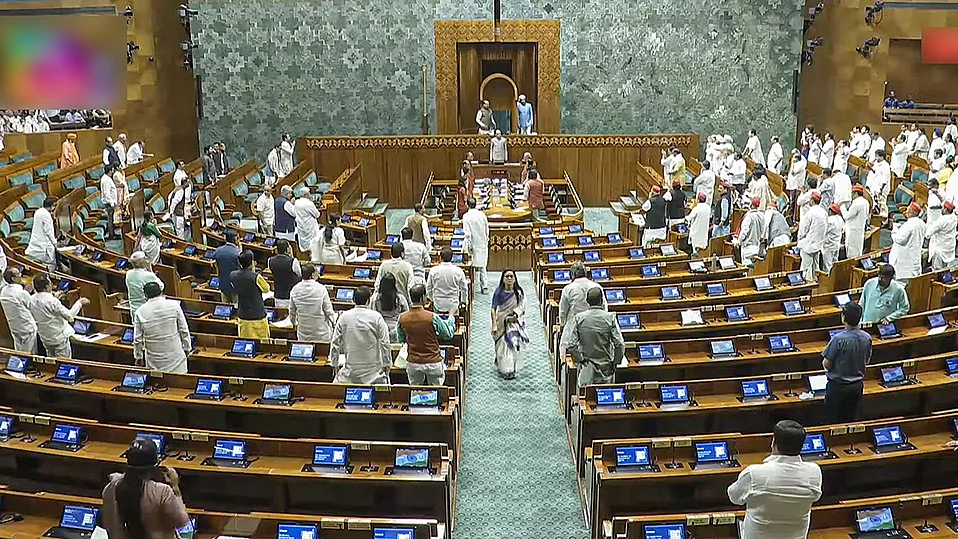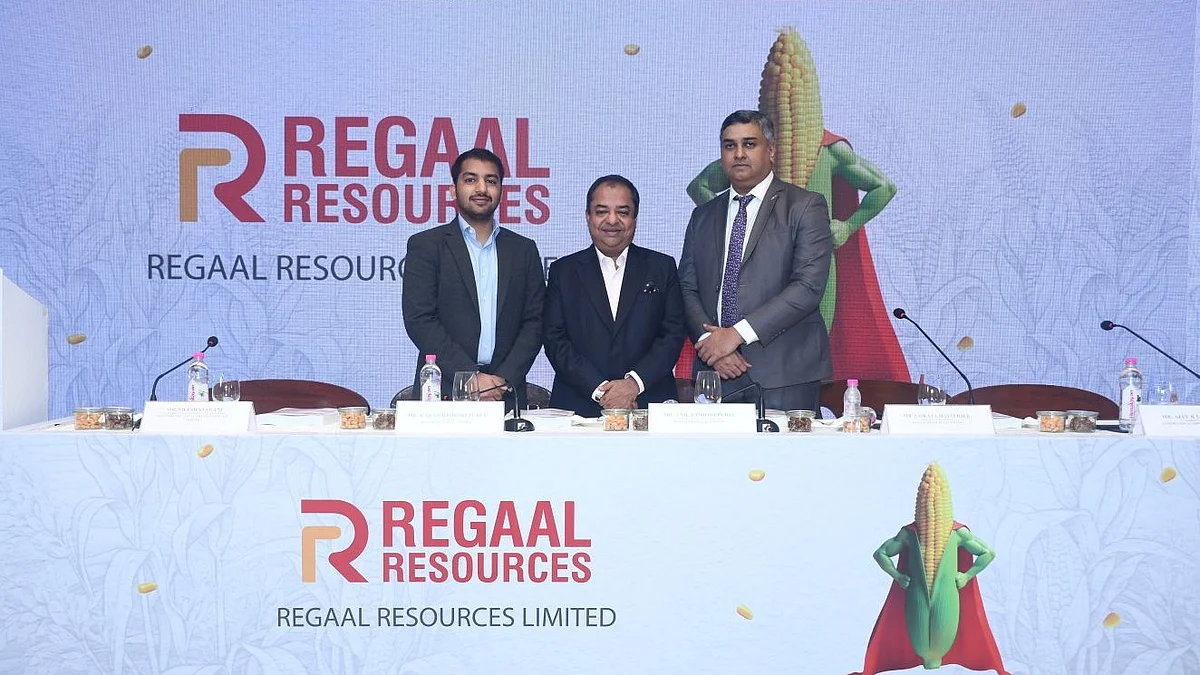In the world of finance and investing, there are many choices in front of you, and one among them for many Indians is the Public Provident Fund (PPF). It is like a rock-solid foundation for those investing in this financial plan, offering good returns on their money, tax advantages, and a feeling of safety for the future.
Now, the new financial year started on April 1, 2024, people might wonder: Do I need to put my money into PPF before April 5th to get all the interest I can?
Before, understanding whether to invest in a PPF account the full lump sum or not, let’s know about what a PPF account is and more.
What is a PPF account?
The Public Provident Fund (PPF) is a long-term investment scheme introduced by the Government of India (GOI), which offers a secure and tax-efficient way to save for the future, providing stable returns and tax benefits. The scheme has a lock-in period of 15 years, which can be extended indefinitely in blocks of 5 years.
Moreover, an individual can invest up to Rs 1.5 lakh every year and earn an annual interest rate of 7.1 per cent.

Representative Image | Unsplash - Towfiqu barbhuiya
But here is the catch: the way PPF calculates the interest is a bit tricky, especially when it comes to deciding when to invest before April 5.
Some Key Features
Investment Limit: An individual or an investor can deposit a minimum of Rs 500 to a maximum of Rs 1.5 Lakh per financial year in this scheme, allowing flexibility to a wide range of investors from beginners to seasoned savers.
Tax benefits: Under section 80C of the Income Tax Act, investments to PPF account are eligible for tax deduction up to Rs 1.5 lakh per annum, making it a popular choice for tax planning.
Interest Calculation: The interest in PPF is calculated monthly but is credited annually.

The April 5th Conundrum
Here's a breakdown of two situations for investing in a PPF account:
For example,
1. Investing on the 5th of the Month
Let's say you have Rs 50,000 already in your PPF account. If you invest an additional Rs 1 lakh on the 5th of the month, your total principal for interest calculation becomes Rs 1.5 lakh (i.e. Rs 50,000 existing balance + Rs 1,00,000 new investment). With the interest rate being 7.1 per cent per annum (approx. 0.59 per month), the interest earned for that month would be Rs 887.50 (Rs 1,50,000 principal x 0.59 per cent).
2. Investing on the 10th of the Month
On the other case, if you invest the same Rs 1,00,000 on the 10th of the month, your principal for the interest calculation remains at Rs 50,000 (existing balance). Thus, the interest earned for the month would be Rs 295.83(Rs 50,000 principal x 0.59 per cent)
So, basically to get the maximum returns, investing the maximum allowable amount of Rs 1.5 lakh at the beginning of the financial year, unlocks the potential for maximum earnings because you'll earn interest on the full amount for all 12 months.
Many investors often rush to deposit lump sums into their PPF accounts before Apri 5 each year. By depositing Rs 1,50,000 annually between April 1 and April 5, cosistently earning 7.1 per cent interest, the maturity amount after 15 years surpasses that of monthly deposits of Rs 12,500. With the lump sum strategy, the maturity amount reaches Rs 40,68,209.22, whereas monthly investments yield Rs 40,20,301 over the same period. This results in a difference of approximately Rs 38,000 in total earnings.
About the interest rate
The interest rate in PPF is decided by GOI every three months (i.e every quarter: Q1, Q2, Q3 and Q4), and for April-June 2024, it is 7.1 per cent per year. Furthermore, the interest is calculated monthly based in the lowest balance between the 5th day and the end of the month.
Moreover, PPF investment option is not affected by the stock market ups and downs. Over the years, the interest rates have also varies from as low as 4 per cent to as high as 12 per cent.
Also, it is important to note that, an individual has to invest at least once a year to earn interest. Individuals can open a PPF account at a post office or a bank, and can transfer it between them. Anyone can open a PPF account, and parents or guardians can open one for minors.











